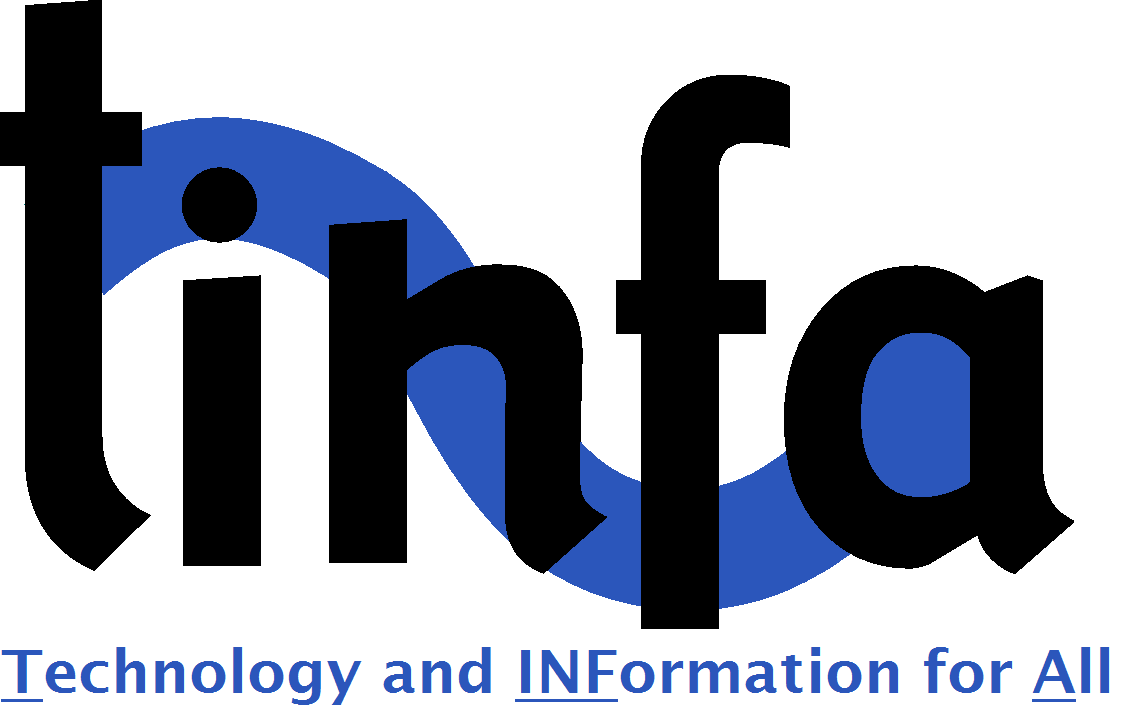As mentioned in a previous post, the teachers have been busy over the last couple of months preparing their clases modelos (model classes) and presenting them to their peers. This is a requirement for graduation from the TINFA program and an opportunity for every fourth, fifth, and sixth grade teacher to demonstrate their facility with the technology and to showcase their talents. It can be stressful, but it can also be fun, and always generates valuable feedback and encouragement. The presentations would normally have been done in a classroom. The teachers would come with their props, handouts, and visual aids, and perform before a physical audience of the fellow grade-level instructors. The venue this year, of course, has moved from the stage to the screen, and the teachers are being asked to present their model classes online, through video conferencing rather than in person.
Since late March, all TINFA training has been online, so the teachers from this year’s partner schools were well acquainted with the constraints and advantages of conducting a class over the internet. Still, many expressed doubts, not only of their ability to meet the challenge, but also of its practicality, considering most of their students had no ready access to the internet. However, the Guatemalan Ministry of Education’s recent announcement that all classes in the 2021 school year would be a combination of in-person and virtual teaching gave us all some hope that more resources would be made available and provided the teachers with some welcome motivation as they prepared their model classes.
Here is how it works. Each teacher prepares a lesson, fifteen to twenty minutes long, on a topic of their choice and appropriate to their grade-level, and then presents it, first before a panel of their peers and, then, to their students with a panel of a TINFA graduate teacher, the TINFA coordinator, the school’s director and sometimes the coordinator of the ministry of education in attendance. The peer presentations we saw in October were very impressive, especially so considering the personal and practical hardships imposed by the pandemic.
The Four Seasons for Fourth Graders
One entertaining example is the lesson that fourth grade teacher Claudia Lorena Alvarado of Escuela Candelaria presented on the four seasons. She began by putting on a sombrero and asked the participants where they thought she might be going wearing such a hat. Somewhere with a warm climate, perhaps. Then she put on a cap, scarf, and gloves and asked the same question. Someplace very cold, obviously. After a few more costume changes followed by questions, she then explained the seasons in a PowerPoint presentation and asked which season corresponded to today’s weather. Guatemala’s climate is often described in the tourist literature as an eternal Spring. The kind of seasonal variation common to more temperate regions may not be an easy concept to grasp for 4th graders in the tropics. The lesson made its point effectively, was entertaining, and held everyone’s attention from start to finish.
Where Does the Accent Go?
Fourth grade teacher Mirna Beatriz Sontay of Escuela Calahuache gave a lesson I could have benefited from. English speakers like me often trip over the rhythm of Spanish sentences, putting the accents in all the wrong places. Professora Sontay explained how words may be categorized according to where the accent is placed, a point of grammar which Spanish makes explicit, both visually and conceptually.
Food for Thought
Ober Pérez prepared a lesson on nutrition for his sixth graders at Escuela Entre Ríos. Grade schools are a primary source of nutrition for the rural poor in Guatemala. The school lunch program, staffed primarily by volunteer mothers and funded mostly through contributions, often provides the only substantive meal a child will have that day. For most directors, their school kitchen is a point of pride, and Professor Pérez presented a lively lesson on food and nutrition which engaged his audience and utilized the technology creatively and effectively. His presentation received well-deserved praise from the other participants.
Maya, Xinca, Ladino, and Garífuna
Culture is a big part of the sixth-grade curricula, and the teachers show great pride in their cultural heritage. Guatemala is the heart and soul of Mayan culture which, after centuries of suppression under colonial rule, is being revived and openly celebrated, especially in the mostly rural western highlands. Nohelia Ixcoy of Escuela Las Marías, provided fascinating insights into the Mayan number system, the basis for long-count calendars which continue to amaze and mystify scholars. Carminia Pérez, teacher of Escuela Cantón Belén that you might remember from the TINFA fundraising event this year, gave a lively lesson on the cultures of Guatemala which are broadly categorized as Mayan, Spanish (Ladino), African (Garífuna), and an indigenous Guatemalan culture known as Xinca.
Exitazo
One of the more polished and effective lessons was given by María Everilda of Escuela San Pedrito. She was nervous and distracted, she said, confiding that her father was gravely ill and had recently been diagnosed with COVID-19 and that she was now worried for her mother and other family members. Her lesson was on the topic of augmentatives and diminutives, a wonderful grammatical device that gives Spanish enormous subtlety of expression. The diminutive is used extensively in Latin America to soften a word or to show affection. But it has been a year for the augmentative, a variety of suffixes which are often used pejoratively, as in abogaducho, which adds -ucho to abogado to mean, I’ve been told, “a really awful lawyer.” But the augmentative can be used to amplify the positive as well as the negative aspects of a word. 2020 has been a truly awful year, but brave and dedicated teachers like Maria Everilda, and the others with whom TINFA has had the privilege to work in Guatemala, are pointing the way toward 2021 being not just un éxito (a success), but un exitazo (a great success).

